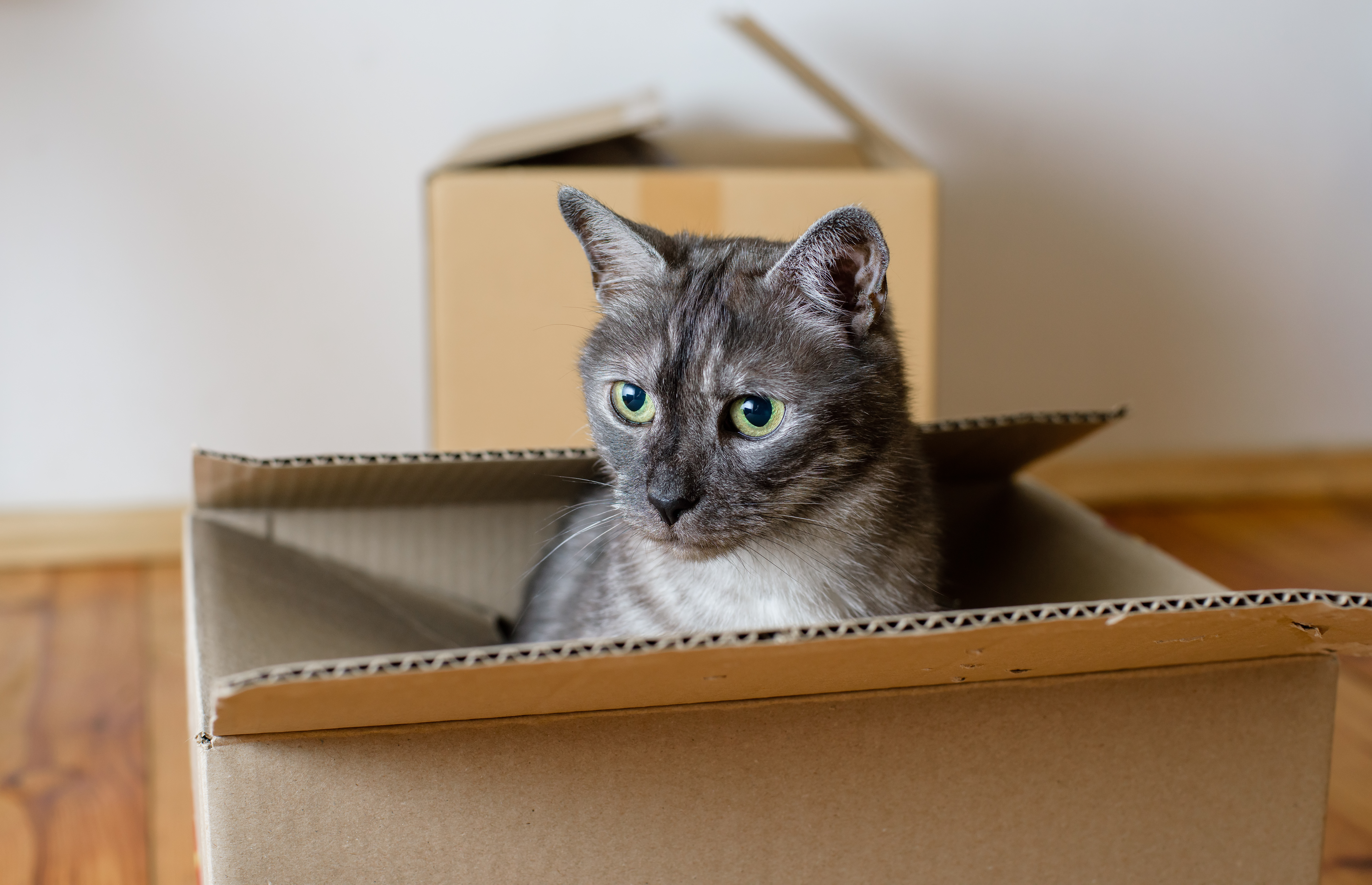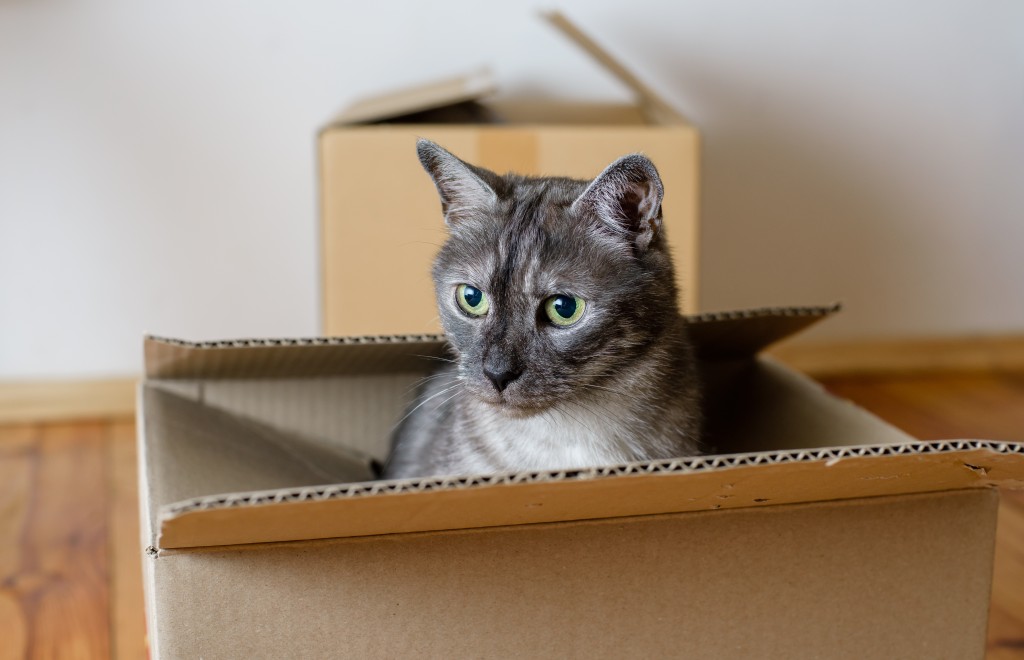
We like to think that, in our homes and daily lives, we are in control. Having a measure of control is something that gives us a sense of security, predictability, and stability every day. When we feel like we are losing control, life can feel chaotic and overwhelming, which results in stress and unhappy feelings. The same is true for our cats.
Think about the stressful environment of most animal shelters – many cats are placed in small kennels, where they don’t have much choice about where they eat, sleep, eliminate waste, or how and when they interact with people. They have very little, if any, control over their environment. This lack of control contributes to their stress; it’s no wonder that so many shelter cats can come off as being grumpy in the adoption cattery!
But this need not be the case in our homes. There are plenty of opportunities to give your cats control over their environment, through freedom of choice. Yes, you have ultimate control over your cats’ environment; however, by giving your cats choices between elements in their environment, they can be the independent, care-free creatures that they are meant to be. Your cats will feel more confident, less stress, and choices allow cats to be cats. Here are a few areas where you can let your cats decide what they want to do by providing them with options:
- Perching, napping, and hiding spots. Cats have different preferences when it comes to where they enjoy spending time. Make sure that you have options for cats so that they can hang out where they are most comfortable; this is especially important if you have multiple cats who need to share living space. Shelving, cat trees, bedding, and hiding spots like boxes or bags are all great options for kitties. Your cat might even like to be able to go outside occasionally – how about giving her access to a catio?
- Interactions with humans. Let your cat call the shots when it comes to interacting with people. If you have young children in the house, teach them how important it is to give cats their space, and how to handle them. Provide areas for the cats that children can’t reach. If your cat is shy with visitors, make sure she has somewhere to go where she can feel safe. Become aware of body language and cues that indicate when petting time is over, and end petting sessions before kitties become agitated. Leave them wanting more!
- Toys and playtime. Do you know what kinds of toys your cat enjoys playing with? Give him plenty of options, and switch toys out on a weekly basis so that they don’t get old or boring. Self-play toys like catnip mice and little balls are fun for some, and other kitties like battery-operated toys that move on their own. Food puzzles are also another great option. The best toys are interactive wand toys, but giving your cat choices about what she wants to play with will help her get rid of stress and have fun.
- Litterbox locations. This is important! Many cats are regulated to using a litterbox that is stashed in the garage, basement, or some out-of-the-way closet. Or, they only have one access route to the litterboxes, which can be blocked or guarded by other cats. To keep cats happy with their litterboxes, make sure you have them in multiple locations with multiple access routes. The more options that your cat has available, the less likely it will be that your cat decides there are better places to go!
One of the things we love about cats is their independence, but the only real way they can be independent is if we allow them to make choices in their daily lives. Can you think of any other ways you can give your cats choices in your home? Tell me your ideas in a comment – I would love to hear them!

